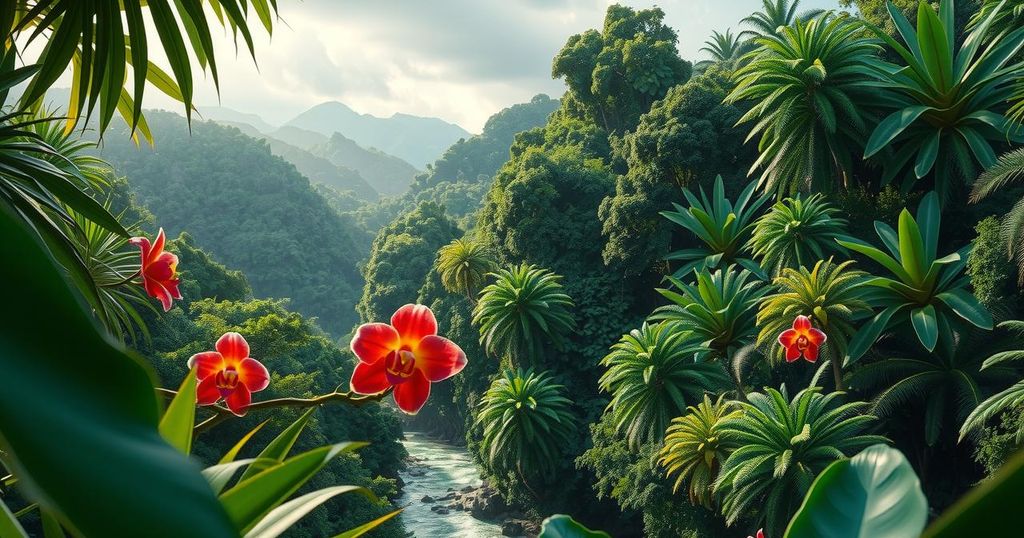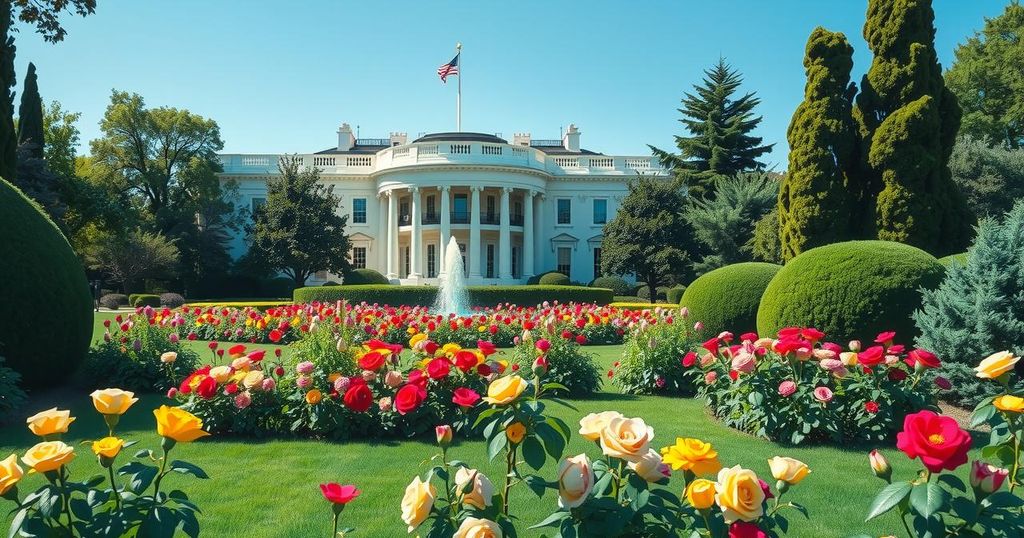Papua New Guinea, covering 73 million hectares of diverse rainforest, is an unprecedented hub of biodiversity, hosting about 7% of the world’s species, many of which are endemic. The country features over 779 bird species, holding both cultural and ecological significance. However, it faces numerous threats, necessitating urgent conservation measures and sustainable practices to safeguard its unique ecosystems.
Papua New Guinea is acknowledged as a megadiverse country, encompassing 73 million hectares of rainforest, which represents 1% of the Earth’s land surface. This region, the third-largest rainforest globally, is characterized by diverse ecosystems, including tropical forests and rugged mountains. Notably, Papua New Guinea hosts approximately 7% of the world’s species, including a remarkable variety of mammals, reptiles, birds, and amphibians, with an extraordinary 4,642 vertebrate species identified in its rainforests.
The country is particularly rich in avian diversity, as revealed in the second edition of the Princeton Field Guides, which lists over 779 bird species, including 108 endemic varieties. This immense biodiversity stems from diverse habitats, such as lowland and montane forests and coastal mangroves. Indigenous cultures in Papua New Guinea have long revered birds, showcasing their significance through cultural rituals, art, and the national bird, the Kumul, which symbolizes the country’s extraordinary avifauna.
Among the notable avian species is the Hooded Pitohui, recognized as the first toxic bird scientifically documented, possessing a neurotoxin that causes pain upon contact. Despite the rich biodiversity, Papua New Guinea faces severe environmental threats, including deforestation, climate change, and habitat degradation. As reported by the International Union for Conservation of Nature (IUCN) Red List, 4,315 animal species are at risk within the country, highlighting the urgency of conservation efforts.
Sustainable practices are paramount for preserving this vital biodiversity. The introduction of conservation laws, coupled with support for community-led initiatives and environmental education programs, can make significant contributions. Engaging Indigenous communities who possess essential environmental knowledge is critical. Combining traditional wisdom with contemporary conservation strategies presents a potent opportunity to secure Papua New Guinea’s natural heritage.
In conclusion, Papua New Guinea stands out as an essential bastion of biodiversity, warranting global attention and conservation efforts. With its unique ecosystems and vast array of endemic species, it plays a crucial role in maintaining ecological balance. However, the threats faced by its flora and fauna demand immediate action and sustainable practices to preserve this rich natural heritage for future generations.
Original Source: www.postcourier.com.pg




